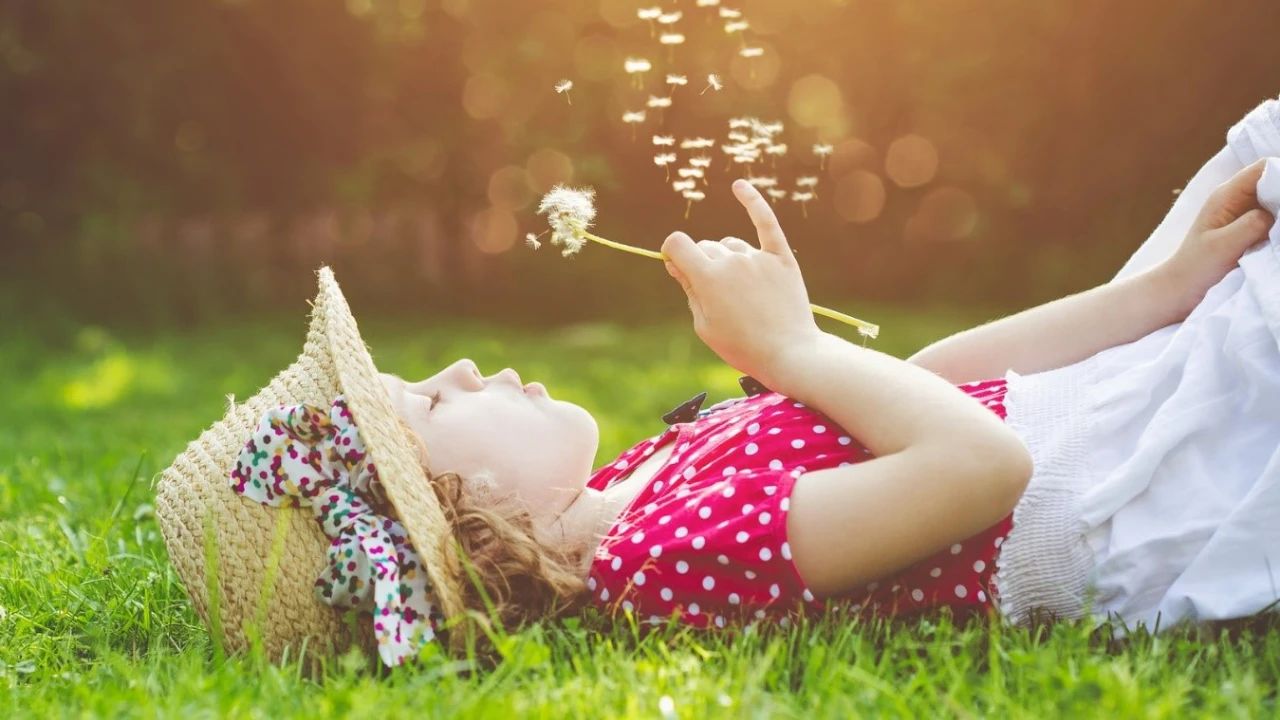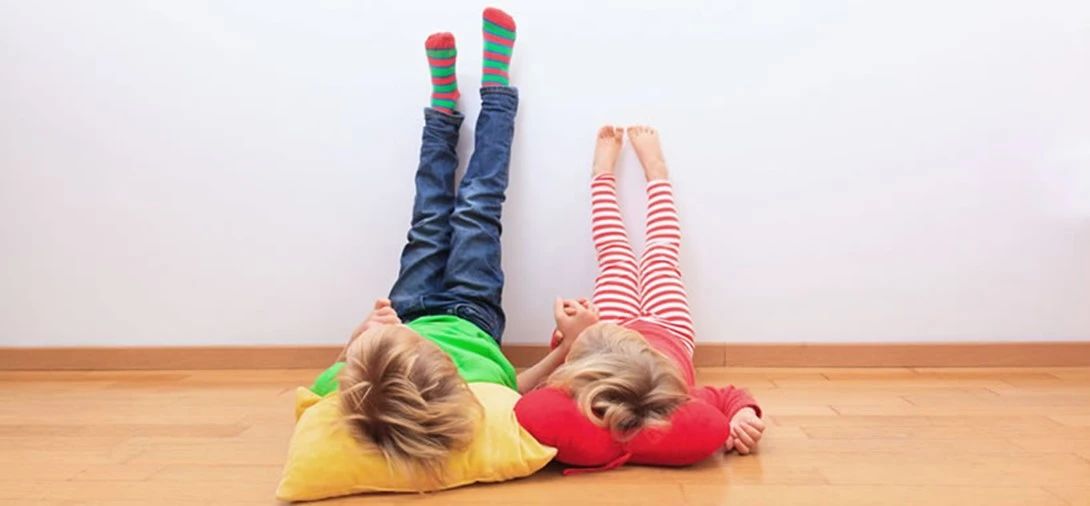Do our little ones already need relaxation? While it may seem surprising, children are already exposed to stress and pressure. Time and performance pressure, unrestricted and mindless media consumption, electronic toys, lack of body movement, environmental toxins, noise, nervous and hectic adults are just a few of the stress factors that burden their everyday life. For some children, these can lead to overstimulation and have negative long-term effects on their overall development.
Over time, an imbalance between tension and relaxation may occur. The tension often gets out of hand. Quiet, silence, and self-reflection no longer have a place in the hectic day-to-day life of children and can often get neglected. This can result in sleep disorders, poor concentration, headaches, skin problems, and other symptoms.
Relaxing moments, times of quiet and silence, are important and even vital components of everyday life. Children often know this instinctively. They treat themselves to little breaks by dreaming, painting, listening to a CD or looking at a picture book. They use these short, quiet moments to switch off.

However, as we cannot shield our children from everything, they are likely to experience stressful moments in their lives. To enable them to adequately cope with these, we have to show them how they can relax in a conscious and targeted manner. Different kinds of relaxation techniques are available for this.
In relaxation, children learn how to be aware of and deliberately remove external stimuli, thus counteracting stress. During relaxation, the body comes to a rest. This is shown, among other things, by slower breathing, a reduced heart rate, and a relaxed muscle tone. Relaxation has a positive effect on a child’s psyche. The children switch off and forget the world around them. They distance themselves from everyday life, recharge their batteries, and find themselves. They feel relaxed, rested, and refreshed after quiet moments. Their ability to concentrate increases. Overall, they become more productive.

Depending on the type of relaxation exercise, additional benefits can occur:
-
In a Phantasy fairy tale journey, the children can let their imaginations run free.
-
With eutonic exercises, they get to know their body better and feel inwards.
-
During targeted breathing exercises, they learn to breathe more consciously.
-
Silence games teach them the benefits of silence for their body and mind.
-
Perception exercises awaken the mind and senses.
-
A massage relaxes the muscles and promotes blood circulation to the skin.
-
Yoga exercises create a unity between body, mind, and breathing.
A relaxation exercise should be based on the child’s interests and needs, and be tailored to their social, emotional, and cognitive development level, as well as to the available time frame. Remember that there is no single method, no universal panacea for relaxation. Just as we adults prefer certain relaxation techniques, children already have preferences for one or the other method too. A varied and diversified selection of exercises is therefore advantageous, so that everyone can get to know the relaxation option that suits them best.
In the following posts, I will explain the relaxation exercises mentioned above in more detail and provide you with some examples, so you can try them out with your children at home.
